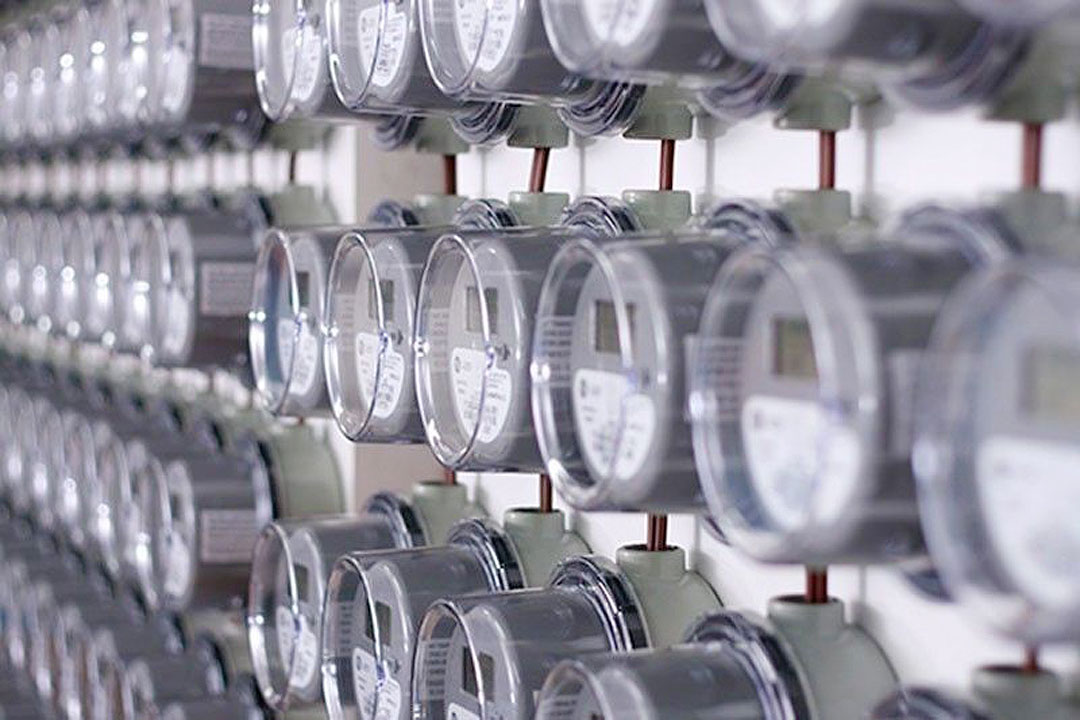Self-financed investment in energy efficiency projects seen rising to P1.7T
By Sheldeen Joy Talavera – November 12, 2023 | 8:04 pm
from Business World

PHILSTAR
SELF-FINANCED projects are expected to account for up to P1.7 trillion worth of energy efficiency investments by 2040, according to the Philippine Energy Efficiency Alliance, Inc. (PE2).
“The Philippine Energy Efficiency Alliance believes that up to P1.7 trillion in energy efficiency investments will be self-financed or carried by the balance sheets of commercial and industrial establishments in the Philippines through 2040,” PE2 President Alexander Ablaza said in a Viber message.
Income tax holiday (ITH) incentives for self-financed projects could encourage some P330 billion in energy efficiency investments, Mr. Ablaza said.
The incentives are authorized by the Energy Efficiency and Conservation (EEC) Act and the Corporate Recovery and Tax Incentives for Enterprises Act.
The EEC law describes energy efficiency projects as those “designed to reduce energy consumption and costs by any improvement, repair, alteration, or betterment of any building or facility.”
This includes equipment, fixtures or furnishings to be added to any building, facility, or vehicle including the manufacturing and provision of services alike.
The P1.7 trillion in projected investments excludes the estimated P2.3-trillion investment gap in self-financed energy efficiency projects in the transport, residential, and agriculture sectors over the next two decades, Mr. Ablaza said.
He said that the ITH incentive could potentially improve the commercial viability of up to P8.1 trillion in third-party investment for energy efficiency upgrades in the commercial, industrial, transport, residential and government sectors through 2040.
“This investment volume is over and above and significantly larger than those that will be self-financed or through other on-balance sheet financing modalities,” he said.
The Board of Investments (BoI) issued last month a memorandum circular updating the guidelines to register EEC projects under the 2022 Strategic Investment Priority Plan.
The memo specified that self-financed energy efficiency projects are only entitled to the ITH incentives and duty exemption on imports of capital equipment, raw materials, spare parts or accessories.
“The general concept that BoI is adhering to is this — the more investment risk one takes on, the more it needs fiscal incentives to de-risk such investment,” Mr. Ablaza
He said that compared to third-party investors, proponents of self-financed energy efficiency projects “take less risk” as they are investing in capital equipment to be installed within their own operations and premises.
“BoI needed more clarity in the guidelines for self-financed energy efficiency projects to ensure that ITH is narrowly limited to the confines of the capital equipment for the energy efficiency projects and not across the entire financial operations of the establishment,” Mr. Ablaza said.
He said that the EEC law “continues to trigger new policy issuances and that at least 75% of the EEC guidelines issued by the Department of Energy (DoE) and BoI and the resolutions of the Inter-Agency Energy Efficiency and Conservation Committee are already in effect.”
“We are hoping the remaining 25% of policy issuances will have to fill the policy gaps to enable P8.1 trillion in off-balance sheet capital flows toward 2040,” Mr. Ablaza said.
Mr. Ablaza also said that the PE2 expects the DoE, the Energy Regulatory Commission, and the Philippine Economic Zone Authority to draft specific guidelines “to enable demand-side management, as well as investments in load-shifting technologies in the demand side of the energy market.”



